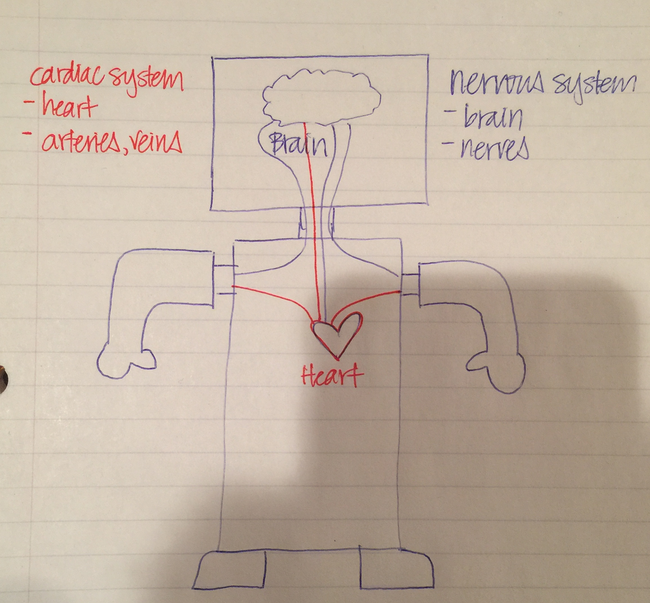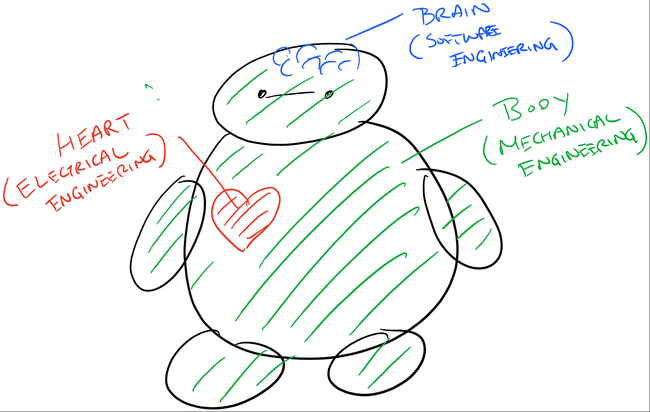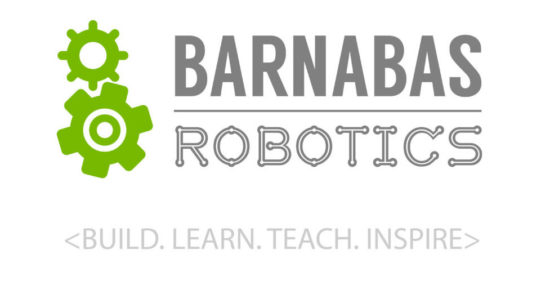- PAGE SETTINGSClick on the gear to simplify view
- Settings

Lesson Overview
Disciplinary Core Ideas
- ETS1.B: Developing Possible Solutions: Research on a problem should be carried out before beginning to design a solution. (3-5-ETS1-2)
Learning Target(s)
Technical Skills
- We will identify the basic parts of a robot. We will work together to build, learn, teach, and inspire.
Life Skills
- Teamwork
- Inspiration
- Communication
Essential Question(s)
- What are the similarities and differences between robots and humans?
- What is your favorite robot?
- What do robots help us do?
- What are the 4 main parts that make up a robot?
- What are the 4 types of engineering that make up robotics?
- What does it mean to encourage somebody?
- What does it mean to you to be a good community member?
Key Vocabulary
- Barnabas
- Community
- Encouragement
- Inspire
- Goal
Depth of Knowledge Levels Addressed
- Level 1: Recall and Reproduction
- Level 2: Skills and Concepts
- Level 3: Strategic Thinking and Reasoning
- Level 4: Extended Thinking (appendix b?)
Barriers to Learning
- Minimal understanding of metaphors (robot to human)
- Lack of exposure to robots and their properties (e.g. They are machines; they take commands in the form of code; they are not human; they can perform repetitive action)
Anticipatory Set
- Student definitions or examples of encouragement and community
- Student understanding of functions of the human body parts: body, brain, heart, and soul
Independent Practice
- Student drawing of robots and label the 4 parts
Final Assessment, project or product
- The labeled final drawing of the student’s favorite robot
- Students explain how/why robot and human parts are similar
- Students provide examples of encouragement and community
Lesson Materials

Lesson Plan
Connecting the Disciplines
Background Knowledge
Robotics is a cross-disciplinary field in which electrical engineering, mechanical engineering, and software programming concepts are applied to create a moving system (or a “robot”). Below is a brief explanation of how each of the three disciplines plays a part in robotics:
1) Mechanical Engineering is a branch of engineering that focuses on the design, construction, and use of machines and robots. By definition, a robot has to have a moving part – like an arm, which has joints at the shoulder and the elbow so that the arm can move back and forth. The mechanical component of a robot may be a motor, lever, or gear that helps the robot move. A mechanical engineer may also design the exterior of the robot, which helps to protect the internal parts of the robot.
2) Electrical Engineering is a branch of engineering that focuses on the design, use, and distribution of electricity. A robot must have a power source from which to draw electricity. A robot’s power source may be a battery or an electrical outlet. Just as the human heart pumps blood to the rest of our organs for our body to function, a battery or power source for a robot “pumps” electricity to the rest of the robot’s body parts so that the robot can move and function. In order for electricity to reach the rest of the robot’s body parts, a robot has a network of wires and circuits through which electricity can travel. This is similar to how human bodies have veins and arteries for blood to travel through to reach other organs.
To process information, the human body has a central nervous system consisting of a brain and a network of nerves and muscles. Likewise, a robot needs a “brain” to tell its body parts to move and function. The “brain” of the robot is the computer chip or circuit board.
3) Computer Science is the study of how computers function and process information. In order for humans to move their arms, the brain must send a message to the arm telling it to move. This message is similar to a computer program/code. The program/code dictates the way a robot behaves and functions. This is essentially the robot’s personality.
Building a robot requires collaboration amongst a team of individuals with varying skills. Students going through the Barnabas-Bot curriculum will get a taste of each of the above engineering disciplines and work in collaboration with others (teacher, parent, mentor, classmate, etc.) as they build their robots from the ground up.
Discussion
Let’s learn about the similarities and differences between a human versus a robot.




REFLECTION
- ✎ : What are the similarities and differences between robots and humans?
- What are the 4 major parts of any robot?
- What type of engineering is related to each of those parts?
- What are we going to learn about and how are we going to learn?
- How can you help make the class a good learning community?
